Is CO2 safely sealed underground, in case of faulting in the caprock?
Guest authors: Alba Zappone ¹¯², Michèle Marti ² and the SCCER-SoE team
¹ Swiss Seismological Service, ETH Zurich, Switzerland
² Department of Mechanical Engineering, ETH Zurich
Storing CO2 underground and thereby reducing emissions above ground is an interesting option. A compelling requirement for its success is to avoid leakage. The CO2 needs to be safely stored for decades. Within ELEGANCY, we will experimentally investigate how well a rock with faults can retain CO2.
Find out more about Elegancy here.
There are two main paths CO2 could potentially take to escape from the reservoir it has been deposited in.
- One is the borehole used to pump in the CO2,
- The other is natural faults in the rock formation above the reservoir meant to seal it.
In our experiment, we focus on such faults because they might not only influence the long-term containment of CO2, but also the occurrence of induced micro-seismicity. The presence of faults in the capturing rock therefore strongly affects the site characterization process in terms of safety/risk assessment, monitoring, verification, and with respect to the risk management plan.
Leakage not fully understood
Currently, the physical parameters governing leakage through faults is not fully understood. The behaviour of faulted rocks exposed to a CO2-rich fluid is a challenging topic for scientific research.
Although numerical simulations of CO2 migration along faults are progressing, CO2-specific experimental data, especially coupling geomechanical and geochemical interactions, is still missing.
The growth of a fracture is a complex process, interconnecting thermal, mechanical, and chemical processes (see figure below). For example, the increase in temperature due to slip and friction within a fault causes local pressure changes and augments the rate of reactions associated to fluid-rock interaction. Consequently, the dissolution of primary and precipitation of secondary minerals will affect the porosity, which in turn will alter the permeability and thereby the fluid flow. How reactive fluids such as CO2 enriched brine influence these processes is currently not well understood.
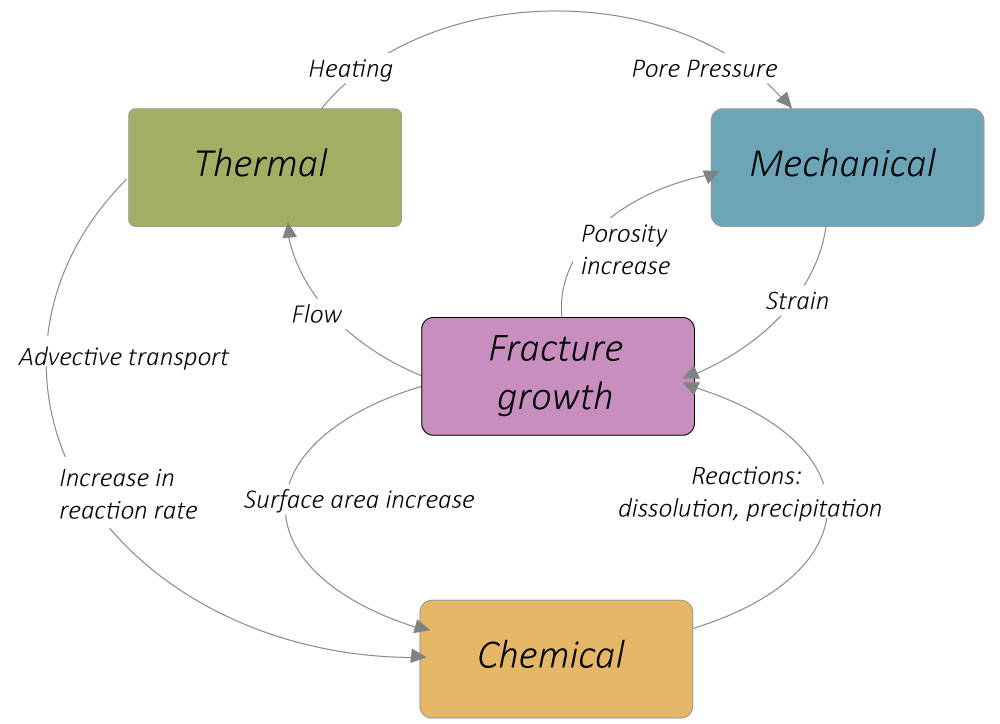
Testing in-situ
Within ELEGANCY, we have the opportunity to test in-situ the effect of a CO2 injection in a fault, and observe the path flow with a dense monitoring system.
In particular, the aim is to examine and understand the stability of faulted clay, as well as the evolution of the coupling between fault slip, pore pressure, fluid migration and induced “micro” seismicity, if any. Clay is a preferred capturing rock due to its sealing capacity.
The experiment, supported by simulations at laboratory (cm) scale, and by numerical modelling, will be conducted in the Mont Terri Underground Laboratory. Therein, a major fault will be reached and crosscut by an injection borehole and six parallel monitoring boreholes (See figure below).
The uniqueness of the project is to examine the complexity of the coupled processes described above, directly through an in-situ experiment, constrained by fine resolution laboratory experiments and linked at multiple scales via modelling. It will be the first time, CO2 enriched reactive fluids are applied in-situ.
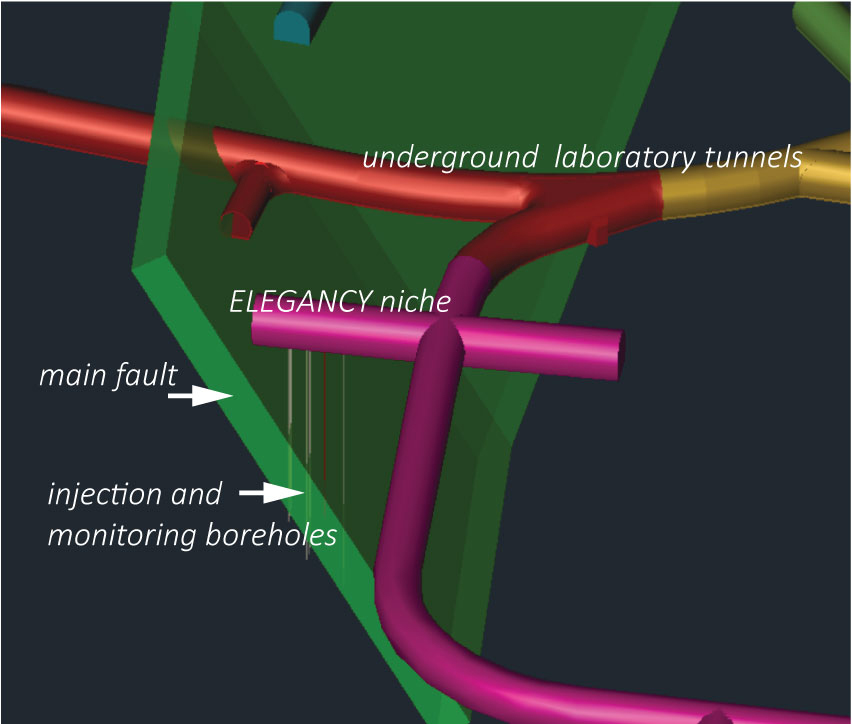
A CO2-enriched brine and two tracers will be injected in two intervals. One in the core of the fault and one in the damaged zone outside of the core, at pressures just below the minimum pressure to open rock bedding planes (3.2 MPa). The injections will be running over a period of approximately eight month.
At the beginning, a few pulse injections at pressures up to the fault opening pressure (4MPa) will be conducted in order to test the response of the fault. The same procedure will be repeated at the end of the eight months to compare the results.
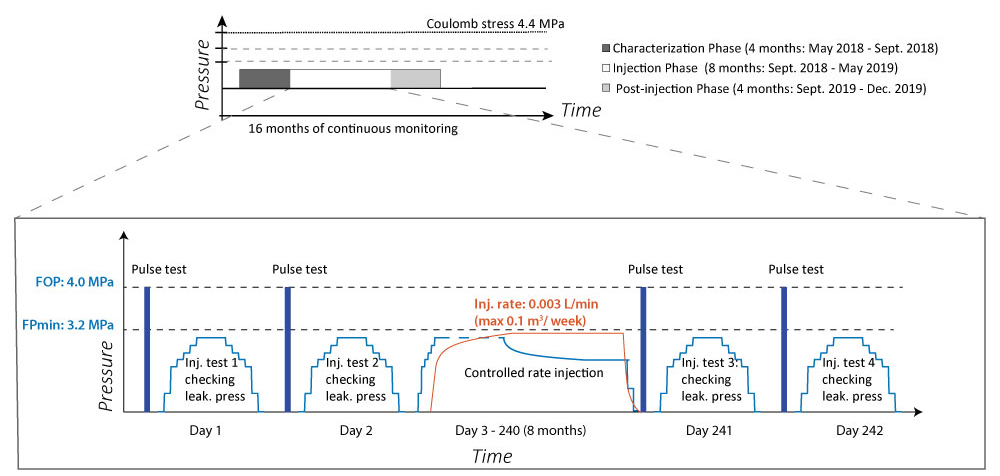
In particular, we will be interested in the activation of aseismic vs seismic slip along the fault, before and after the prolonged exposure to CO2 brine.
We estimate to inject a maximum volume of a few deciliters of brine per week. Just for comparison, at Sleipner (North Sea), the world’s first commercial CO2 storage project, approximately 0.85 million tonnes of CO2 is injected each year. Since its inception, over 17 million tonnes have been injected. At another project, Chevron Australia plans to inject between 3.4 and 4 million tonnes of reservoir carbon dioxide per year.
Monitor micro-earthquakes
The monitoring system, placed in the six boreholes surrounding the injection borehole, will observe all operations using different techniques: Active and passive seismic sensors will monitor the variations of seismic velocities around the injection, and register possible micro-earthquakes.
Strain sensors will detect micro-slips in case of fault activation. Electric conductivity and pH-sensors will observe the break-through of the brine in the monitoring holes, thus indicating the movement of the injected fluids.
In addition, sampling of rock before and after the injection will provide cores for petrophysical and geomechanical investigation and observation of geochemical changes in the fault rocks. Fluid samplings during the whole injection time will provide material for rock-fluid interaction investigation. The monitoring activities will begin about two months before the injection starts and will end four months after the injection has ended.
Small scale – but better understanding
In contrast to a real, significant CO2 disposal, our experiment only investigates potential leakage on a very small scale. Nonetheless, its findings will contribute to a better understanding of the relevant processes in case of leakage through faults and contribute to an enhanced site characterization.
The experiment involves nine professorships from five academic institutions in Switzerland, all grouped in the Swiss Competence Center for Energy Research – Supply of Electricity.
Acknowledgement: ACT ELEGANCY, Project No 271498, has received funding from DETEC (CH), FZJ/PtJ (DE), RVO (NL), Gassnova (NO), BEIS (UK), Gassco AS and Statoil Petroleum AS, and is cofunded by the European Commission under the Horizon 2020 programme, ACT Grant Agreement No 691712.
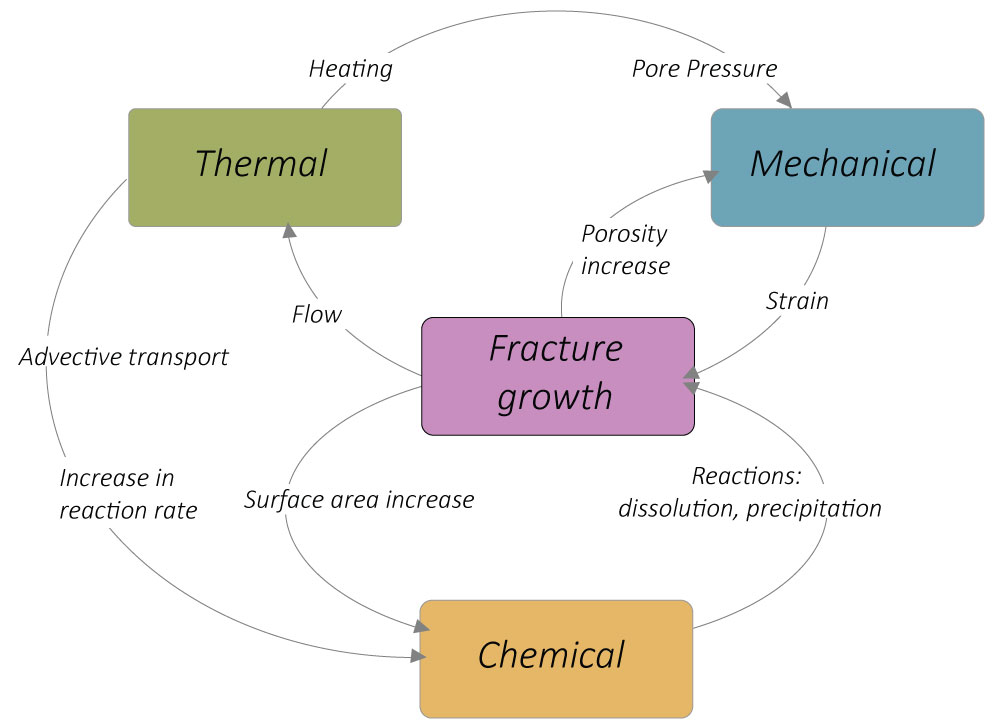









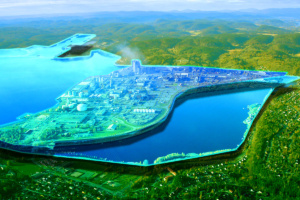

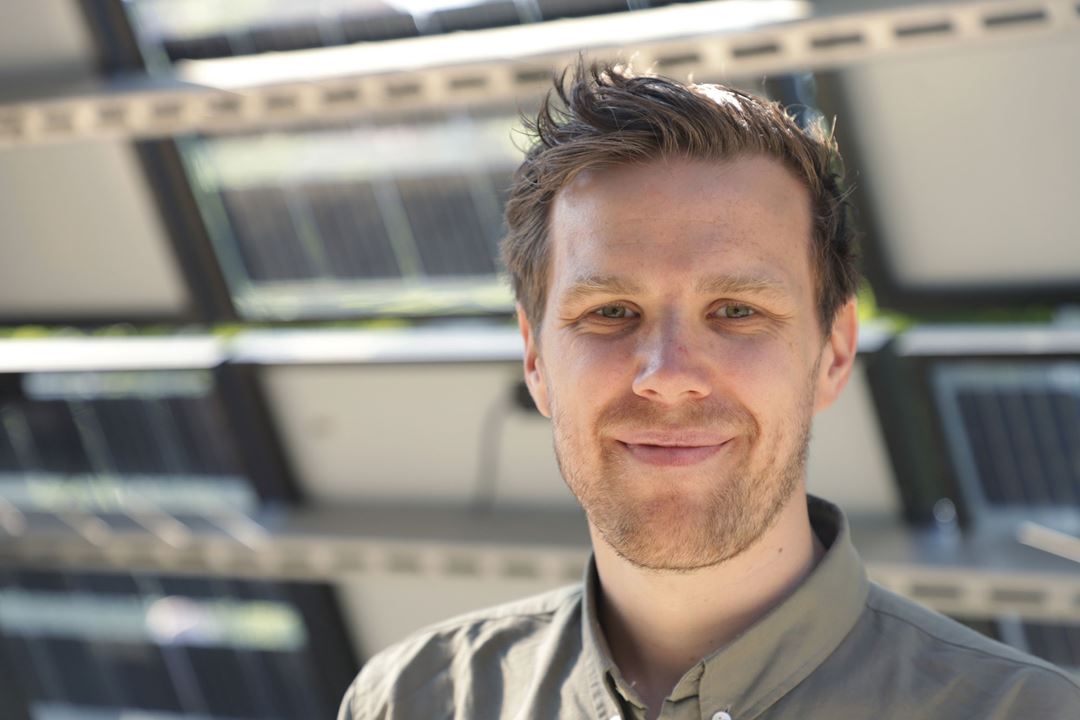

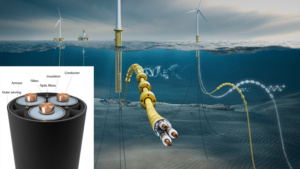





Comments
No comments yet. Be the first to comment!